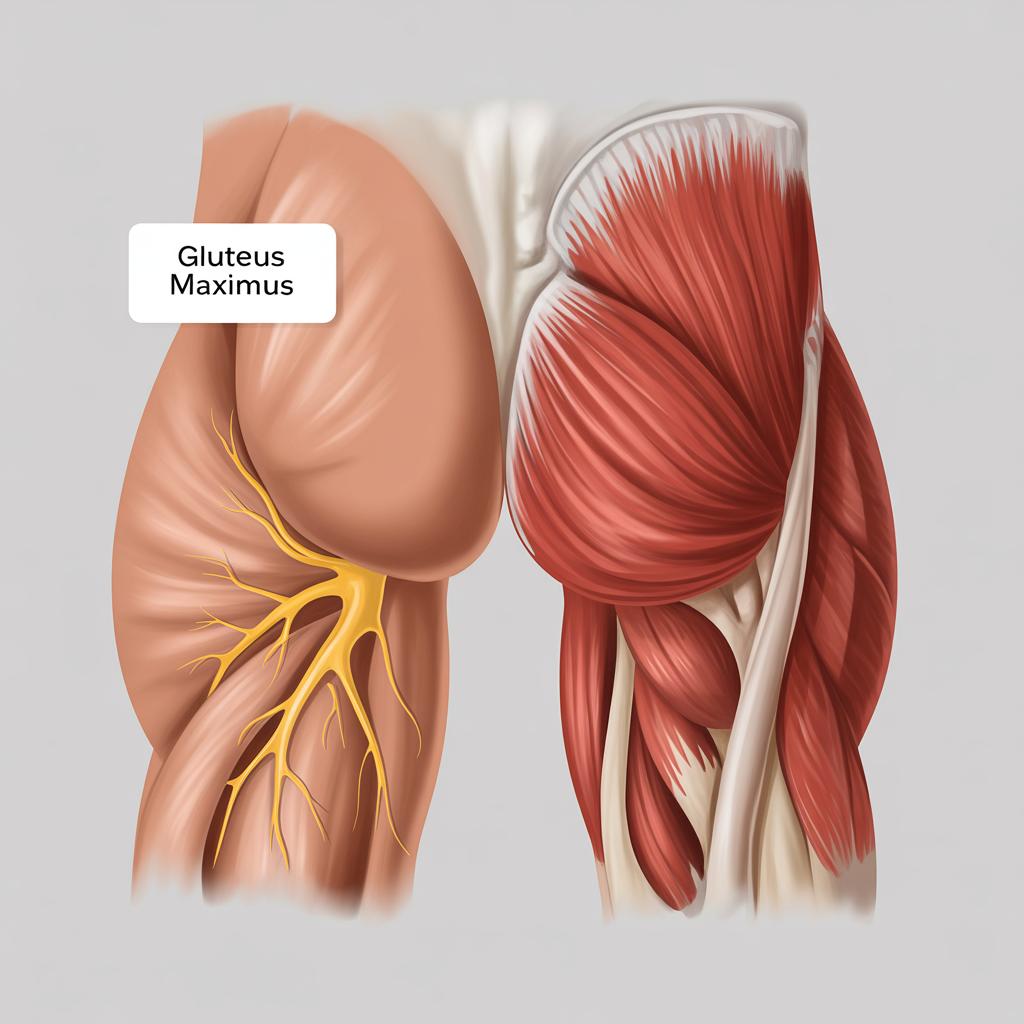If you’re struggling to activate one of your glutes, you’re not alone—glute imbalances and “dead butt syndrome” are common, but absolutely fixable. The main reasons you can’t activate one glute usually involve muscle inhibition, compensation patterns, postural imbalances, or nerve-related issues. Understanding why this happens is essential for correcting the problem and achieving balanced strength, improved performance, and injury prevention.

Below, you’ll find clear answers, actionable steps, recent data, and expert tips to help you fix a stubborn, inactive glute.
What Causes Glute Inactivation? (Main Keyword: Why Can’t I Activate One of My Glutes?)
1. Neuromuscular Inhibition (“Dead Butt Syndrome”)
Sitting for long periods, injury, or tight hip flexors can “switch off” your glute through a process called neuromuscular inhibition. This is often known as gluteal amnesia or “dead butt syndrome,” where your brain temporarily forgets how to engage the muscle. Research from the National Institutes of Health confirms that this can happen after as little as one hour of continuous sitting (NIH, 2022).
- Why it happens: Tight hip flexors or lower back pain often trigger this effect, making it hard for nerve signals to reach your glute.
- Common sign: You may feel your hamstrings or lower back working harder during exercises that should target your glutes.
2. Compensation by Other Muscles
When your glute isn’t firing, other muscles (like hamstrings, quads, or the lower back) “take over” the movement. Over time, this compensation creates more imbalance and makes it harder for your brain to reconnect with the weaker glute.
- Common example: During bridges or lunges, one side may feel all the work in the hamstring or back instead of the glute.
- Expert tip: Isolating the glute with targeted exercises can retrain proper activation (Bret Contreras, PhD, 2024).
3. Structural or Biomechanical Imbalances
Physical differences such as pelvic tilt, leg length discrepancy, scoliosis, or previous injury can affect glute activation. According to a 2023 review in the Journal of Sports Rehabilitation, these structural factors change your movement patterns and limit your glute’s ability to fire.
- Check for: Uneven hips, foot arch differences, or habitual favoring of one side in sports.
4. Weak Mind-Muscle Connection
Sometimes, you simply lack awareness of how to “squeeze” the glute—especially on the non-dominant side. This can be trained with focused, slow repetitions and feedback from mirrors or videos.
How to Fix an Inactive Glute: Step-by-Step Solutions
1. Rebuild the Mind-Muscle Connection
Start with isometric glute squeezes and slow, unilateral exercises (such as clamshells, glute bridges, or donkey kicks) focusing on the weaker side.
- Pro tip: Use a mirror or touch your glute to increase awareness.
- Sets/reps: Hold isometric squeezes for 5–10 seconds, repeat 10–20 times, 2–3 times daily.
2. Prioritize Unilateral Movements
Single-leg glute bridges, single-leg Romanian deadlifts, and Bulgarian split squats are excellent for targeting the weak side.
- Do extra reps or sets on your weaker glute.
- Move slowly and deliberately to avoid letting stronger muscles compensate.
3. Use Resistance Bands for Feedback
Adding a resistance band around your knees during glute bridges or squats increases activation and helps prevent your knees from caving in, which can shut off the glute.
4. Mobilize and Stretch Tight Muscles
Tight hip flexors, quads, and hamstrings often inhibit glute function.
Incorporate dynamic and static stretches, as well as foam rolling, for the hip flexors, quads, and lower back.
Here’s a short video on hip flexor stretches.
5. Correct Structural Imbalances
If you suspect leg length discrepancy, pelvic tilt, or scoliosis, consult a physical therapist or sports medicine specialist for personalized assessment and correction.
6. Progress Slowly to Bilateral Movements
Once you regain control on the weaker side, gradually return to standard squats, deadlifts, or lunges, focusing on even pressure through both feet.
Frequently Asked Questions About Glute Activation
How long does it take to fix a dormant glute?
- Mild cases: 4–6 weeks of focused rehab.
- Severe/structural cases: 3–6 months, or longer if underlying alignment isn’t addressed (Bret Contreras, 2024).
What if one glute always feels weaker or smaller?
This is common! Prioritize it in your workouts, start every session with unilateral activation, and consider extra sets/reps on that side.
When should I see a professional?
If you have persistent pain, nerve symptoms, or visible pelvic/hip asymmetry, see a physical therapist for a customized plan. Find a local PT with sports or orthopedic credentials.
Table: Common Causes & Solutions for Inactive Glute
| Cause | How to Fix It |
|---|---|
| Prolonged sitting/“dead butt” | Isometric holds, glute bridges, mobility work |
| Compensation by other muscles | Unilateral glute exercises, slow tempo |
| Structural imbalance | See a physical therapist, corrective exercises |
| Weak mind-muscle connection | Use mirrors, tactile feedback, slow movements |
Conclusion
You can reactivate a stubborn glute with consistent, targeted exercise, mobility work, and the right feedback techniques. Most people see progress in just a few weeks, and fixing glute imbalances not only boosts strength and aesthetics, but also reduces injury risk. If you’re unsure where to start, consult a physical therapist and take action—your glutes (and your entire body) will thank you!
